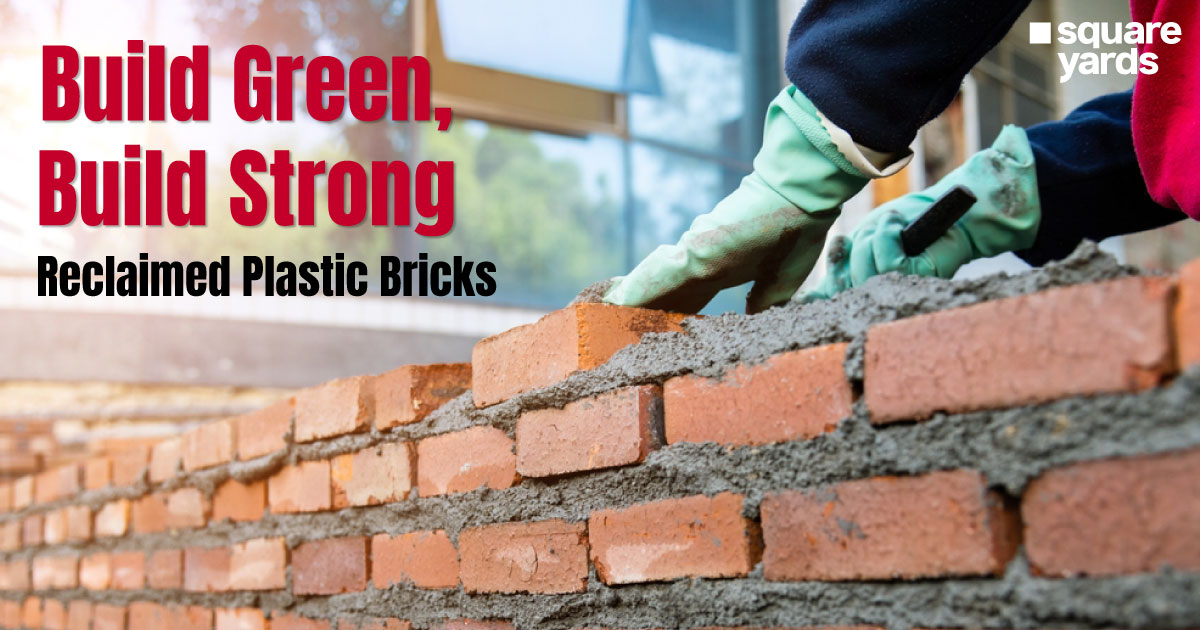India’s Crude Steel Production to Grow by 32.9% by 2030
India’s Circular Economy Goals: Spotlight on Ferrous Scrap
India’s crude steel production is projected to grow by 32.9% and reach over 186 million metric tons (MMt) annually by 2030, according to a report titled “India’s Circular Economy Goals: Spotlight on Ferrous Scrap” by S&P Global Commodity Insights. This significant growth reflects the country’s ambition to become more sustainable in steel production and reduce carbon emissions.
Ferrous Scrap Plays a Critical Role in Carbon Reduction
The report emphasizes the critical role of ferrous scrap in reducing carbon emissions. As the world’s second-largest steel producer, India is transitioning towards more sustainable production methods. To reach its target of scaling steel production capacity to 300 MMt by 2030, the use of ferrous scrap through electric arc furnaces (EAFs) and induction furnaces (IFs) will be crucial. By reducing the sector’s reliance on high-emission blast furnace routes, India can align with the government’s target of making ferrous scrap comprise 50% of the steel feedstock by 2047.
Enhancing Transparency in Ferrous Scrap Pricing
S&P Global Commodity Insights has taken a significant step towards enhancing transparency in ferrous scrap pricing. Starting in June 2024, the company will provide daily assessments for Indian containerized shredded scrap. This move aims to reflect the evolving dynamics in the scrap market as Indian steelmakers increasingly rely on spot trades to secure essential scrap inflows. By improving pricing accuracy, this initiative will strengthen the steel industry’s ability to plan and strategize effectively.
Importance of International Scrap Suppliers
While domestic scrap supply is growing through shipbreaking and vehicle scrappage programs, imports remain vital for India’s steel sector. The United Arab Emirates (UAE) is currently a key supplier to India. However, the report highlights that global competition for ferrous scrap is intensifying. It is crucial for India to ensure a consistent supply of ferrous scrap to meet its steel production needs amidst global competition.
Challenges and Opportunities for the Circular Economy Shift
The report addresses the challenges India’s steel sector faces in its circular economy shift. One of the challenges is global regulatory hurdles, such as the European Union’s Waste Shipments Regulation and the Carbon Border Adjustment Mechanism (CBAM). These regulations may restrict the availability of ferrous scrap exports, creating a potential obstacle for India’s steel industry. However, the report emphasizes that despite these challenges, ferrous scrap will play a pivotal role in India’s efforts to decarbonize its steel industry.
Benefits for Indian Steelmakers
As the steel industry moves towards indexation and global risk management practices, Indian steelmakers are expected to benefit from increased price stability and improved procurement strategies. Indexation and global risk management practices will create an environment of price stability for steel producers in India, allowing them to plan and make informed procurement decisions.
In conclusion, India’s steel production capacity is projected to grow significantly by 2030, and the use of ferrous scrap will play a crucial role in achieving this growth sustainably. India’s focus on reducing carbon emissions aligns with its circular economy goals. While challenges in the form of global regulatory hurdles exist, the report highlights that ferrous scrap will be instrumental in India’s decarbonization efforts. The steel industry’s shift towards transparency, price stability, and improved procurement strategies will also be beneficial for Indian steelmakers.






















